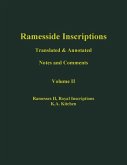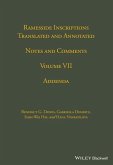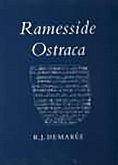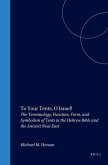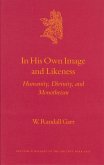A strong Egyptian presence and governance of 13th and 12th centuries B.C. Palestine has since long become clear from both textual and archaeological evidence. How this Egyptianization came about in Ramesside Palestine forms the focus of the present study. Carolyn Higginbotham convincingly attends to internal factors affecting the region's cultural and political development. Two models are carefully considered. The prevailing theory, that Egyptian policy shifted from economic and political domination to military occupation, is contrasted with a new, convincing model, elite emulation, derived from modern core-periphery studies. The author's conclusion is that Egyptian policy remained largely unchanged, and that the increased Egyptianization of the material culture represents voluntary adoption of the overpowering Egyptian culture by the Palestinian ruling class. The appendices are especially important for scholars interested in ancient international connections in Palestine; they catalogue all Egyptian and Egyptian-style material from LB IIB - Iron 1A Palestine.
Hinweis: Dieser Artikel kann nur an eine deutsche Lieferadresse ausgeliefert werden.
Hinweis: Dieser Artikel kann nur an eine deutsche Lieferadresse ausgeliefert werden.


